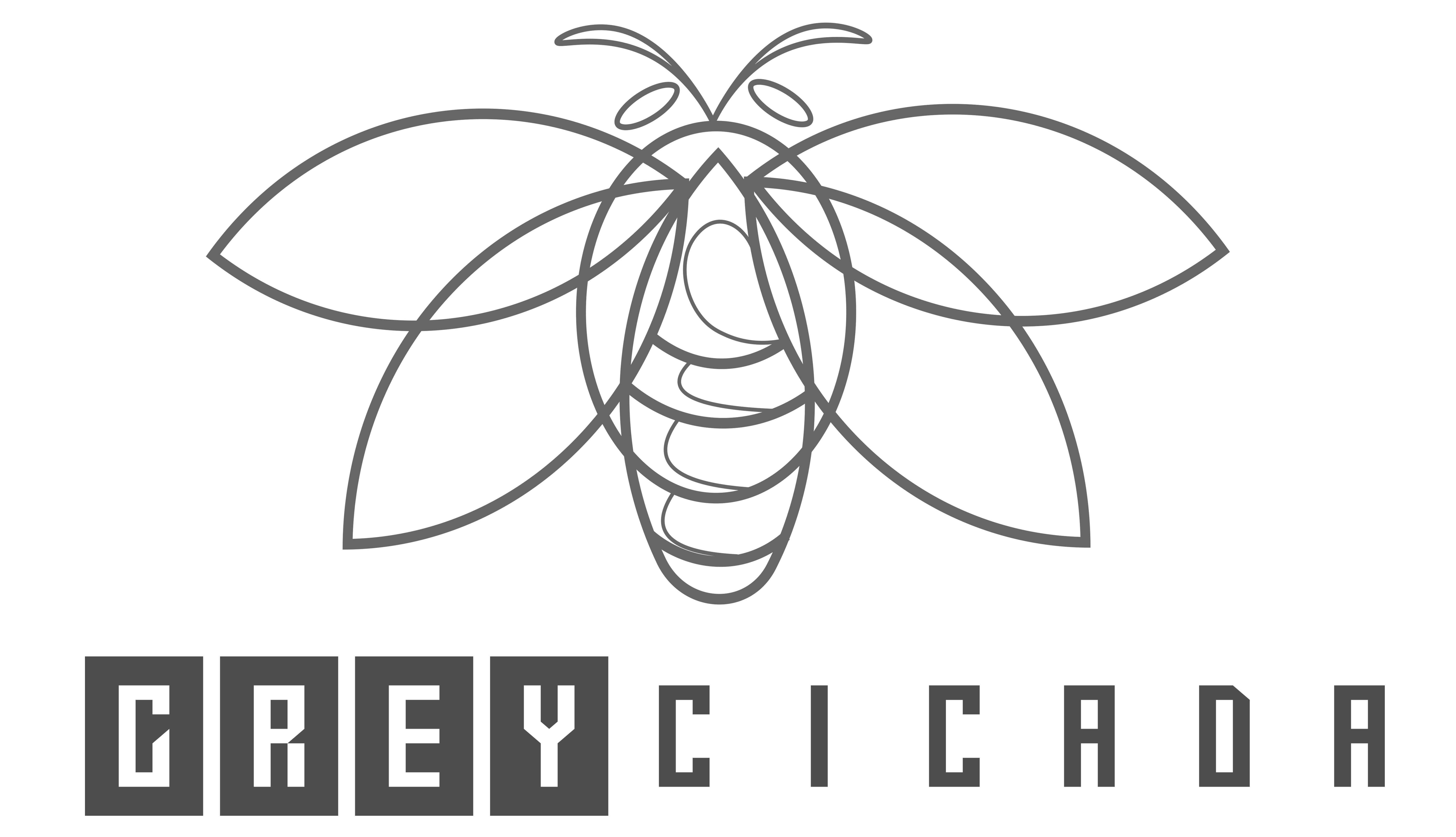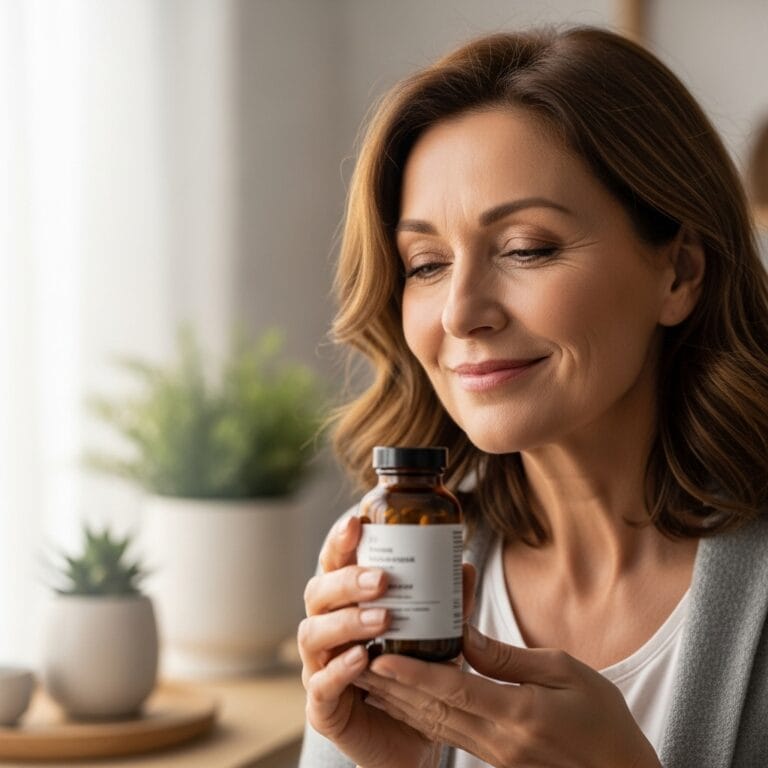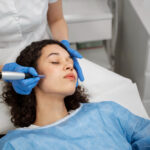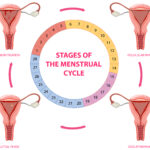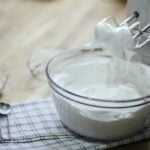FREE SHIPPING OVER $50
The Secret to Reversing Age-Related Skin Damage—#1 Works at the Cellular Level
Let’s be real: no one wants their skin to show their age. But unfortunately, as we grow older, fine lines, sunspots, and dullness seem to sneak up on us. What if I told you there’s more to skincare than just slathering on products that barely scratch the surface? The real secret to reversing age-related skin damage starts at the cellular level. Intrigued? Keep reading, because you’re about to discover some powerful ways to reverse the damage and unlock younger-looking skin.
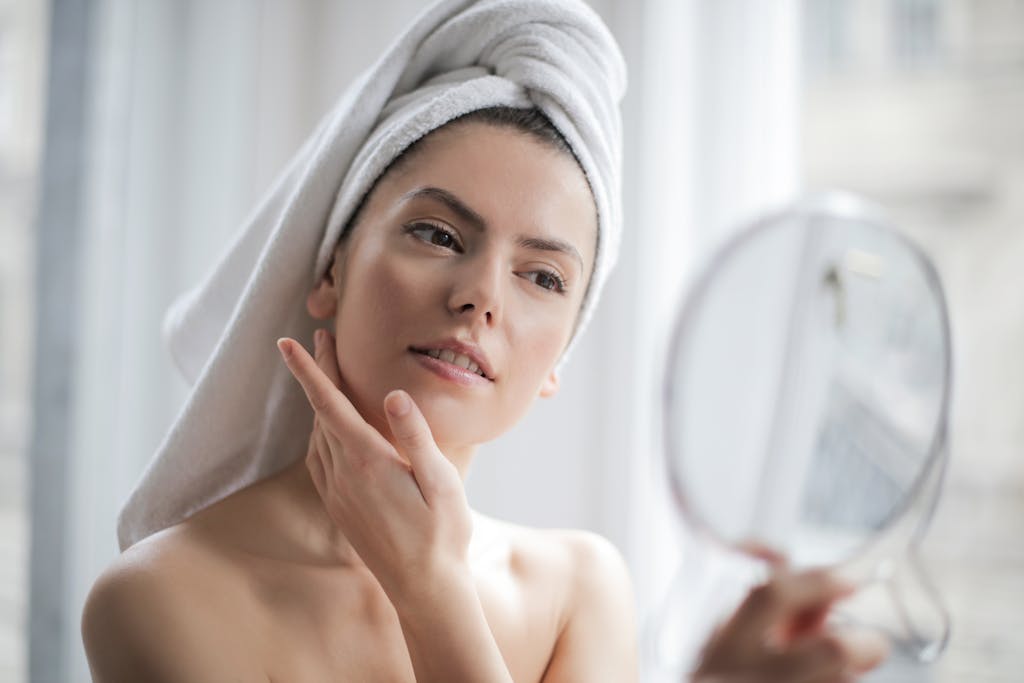
What Causes Age-Related Skin Damage?
Before we dive into solutions, let’s talk about the problem—why does our skin age, and why does it get damaged over time? It’s all about what’s happening beneath the surface.
- Collagen and elastin breakdown: These are the proteins that keep your skin bouncy and firm. As we age, they degrade, leading to sagging and wrinkles.
- External factors: UV rays from the sun, pollution, and smoking can speed up the aging process by damaging skin cells. Sun damage, in particular, is notorious for causing dark spots and fine lines.
- Internal factors: Our bodies naturally slow down cell regeneration as we age. Hormonal changes also play a role, making it harder for our skin to repair itself.
- Oxidative stress: This is caused by free radicals, unstable molecules that damage your skin cells and accelerate aging.
But don’t worry—there are ways to tackle all these issues at their root!
The Cellular Level: Why It Matters in Skin Repair
Now, why is the cellular level so important when it comes to reversing age-related skin damage? Well, your skin is constantly renewing itself by shedding dead cells and replacing them with new ones. But as we get older, this process slows down.
- Cellular turnover is the process by which your skin regenerates. When you’re young, your skin naturally sheds old cells and replaces them with fresh, healthy ones every 28 days or so. But by the time you hit your 40s and beyond, this process can slow down to every 40 or 50 days, leading to a dull, uneven complexion.
- Autophagy is your skin’s natural recycling process. It removes damaged proteins and cellular debris, helping your skin cells stay healthy and function properly. As we age, this process slows down, which can contribute to the visible signs of aging.
To truly reverse skin damage, you need treatments that stimulate these cellular processes. That’s where the magic happens.
Reverse Aging Skin Treatments
1. Stem Cell Therapy for Skin Repair
Stem cell therapy is a cutting-edge treatment that works by stimulating your skin’s natural ability to regenerate.
Stem cells have the amazing ability to develop into different types of cells, making them perfect for skin repair. When used in skincare treatments, they can help boost collagen production, improve elasticity, and promote healing.
- How it works: Stem cells are typically harvested from fat tissue or bone marrow and injected into the skin. They then go to work repairing damage at the cellular level.
- What the science says: Studies have shown that stem cell therapy can improve skin texture, reduce wrinkles, and even fade scars.
- Types of stem cell therapy: You can find stem cell-infused creams or undergo professional treatments. The latter can be more effective but also comes with a higher price tag.
- Real-life case study: Many people who have tried stem cell therapy rave about the results. One case involved a 50-year-old woman whose skin looked noticeably firmer and smoother after just a few treatments.
2. Antioxidant Power: Repairing Skin from the Inside Out
Antioxidants are another powerhouse when it comes to reversing skin damage. They fight off free radicals that cause oxidative stress and damage your skin’s DNA.
- Foods rich in antioxidants: Blueberries, dark chocolate, spinach, and nuts are packed with antioxidants that protect your skin from within. Eating a diet rich in these foods can help your skin fight off damage.
- Topical antioxidants: You can also use skincare products that contain antioxidants like Vitamin C, Vitamin E, and ferulic acid. These ingredients work wonders at neutralizing free radicals and brightening your complexion.
- Best antioxidant products: Look for serums with at least 10-20% Vitamin C for maximum effect. For an extra boost, layer it with a Vitamin E cream.
3. Retinoids: Boosting Cellular Turnover for Younger-Looking Skin
If you’re serious about reversing age-related skin damage, retinoids should be part of your skincare routine. They’re a gold standard in anti-aging because they boost collagen production and accelerate cellular turnover.
- How they work: Retinoids increase the speed at which your skin cells renew themselves, making way for fresher, smoother skin. They’re also excellent at reducing fine lines, acne scars, and pigmentation.
- The studies back it up: Research shows that retinoids can significantly reduce signs of aging, with visible results in as little as 12 weeks.
- Tips for beginners: Start slow! Retinoids can cause irritation if used too often. Begin with a pea-sized amount every other night, and gradually increase usage.
- Best products: For beginners, over-the-counter retinols are a great start. If you’re looking for something stronger, prescription-strength tretinoin is your best bet.
4. Laser Treatments: Resurfacing Skin from Within
Looking for more dramatic results? Laser treatments are an excellent option for reversing deeper skin damage.
- How lasers work: They use focused beams of light to target and destroy damaged skin cells, encouraging the growth of new, healthy ones. Lasers can treat everything from sunspots to deep wrinkles.
- Types of lasers: There are ablative lasers (which remove the top layer of skin) and non-ablative lasers (which work below the surface without damaging the outer layer). Ablative lasers tend to offer more dramatic results but require more downtime.
- Real-life examples: Plenty of people have seen impressive improvements after laser treatments, including smoother texture and more even skin tone.
- Risks and downtime: Lasers can cause redness and swelling, and you’ll need to avoid sun exposure afterward. But the results? Totally worth it.
5. Peptides: Rebuilding the Skin’s Foundation
Peptides are short chains of amino acids that help rebuild your skin’s structural proteins, like collagen and elastin.
- How they work: Peptides signal your skin to produce more collagen, helping to restore its elasticity and firmness. They also help improve your skin barrier, which is crucial for keeping moisture in and environmental damage out.
- Best peptide products: Look for moisturizers and serums that contain peptides like Matrixyl and Argireline. These ingredients are clinically proven to reduce the appearance of wrinkles and improve skin texture.
- Combination treatments: Pair peptides with retinoids or antioxidants for maximum anti-aging benefits.
Final Thoughts: Taking a Multi-Faceted Approach to Skin Rejuvenation
When it comes to reversing age-related skin damage, there’s no one-size-fits-all solution. The most effective approach combines multiple treatments—like stem cell therapy, antioxidants, retinoids, and peptides—to work on different aspects of skin aging.
Consistency is key! While professional treatments can give you a boost, maintaining a solid skincare routine with antioxidant-rich serums, retinoids, and peptides will keep your skin looking its best in the long run. If you’re not sure where to start, consult with a dermatologist to create a personalized plan.
Related Articles
- Top 10 Skin Tightening Creams Recommended by Dermatologists
- This 50-Year-Old’s Skin Looks 25—Here’s Her 4-Ingredient Anti-Aging Formula
- New Study Reveals 12 Ingredients to Avoid If You Want to Look Younger
- Top 4 Anti-Aging Hacks Dermatologists Swear By—#2 Boosts Collagen Naturally
- Building Collagen Naturally: A Guide to Plant-Based Protein Peptides
- Snail Mucin: How Snail Slime is Revolutionizing Skincare
- Building Collagen Naturally: A Guide to Plant-Based Protein Peptides
- Fulvic Acid Unveiled: Unlocking the Fountain of Youth Naturally!
- How to Tighten Loose Skin After Weight Loss Naturally
